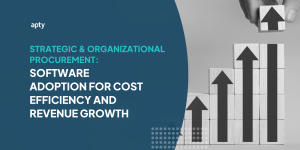2023 Digital Transformation Challenges in the Travel Industry (A 3-Part Series)
The aviation industry has been one of the hardest hits by the Covid-19 pandemic, with a drop in demand for air travel leading to a sharp decline in revenues. Because of this economic downturn, airlines must significantly alter their operations to cut and survive costs.
While some changes are likely temporary, others, such as the move to digital transformation, are likely permanent. In the previous blog, “2023 Enterprise Software Trends in the Airline Industry”, we discussed the latest enterprise software trends in the airline industry for the year 2023. We highlighted the six leading aviation systems that require consistent evolution and the top aviation software solutions that are expected to dominate the industry in the coming years. However, as we all know, the aviation industry is highly susceptible to economic downturns, and the current times are no exception.
This blog looks at the changes airlines have made in response to the pandemic and how digital transformation can help them weather the current economic storm and emerge stronger when travel demand eventually recovers.
Digital Challenges Faced by the Airline Industry
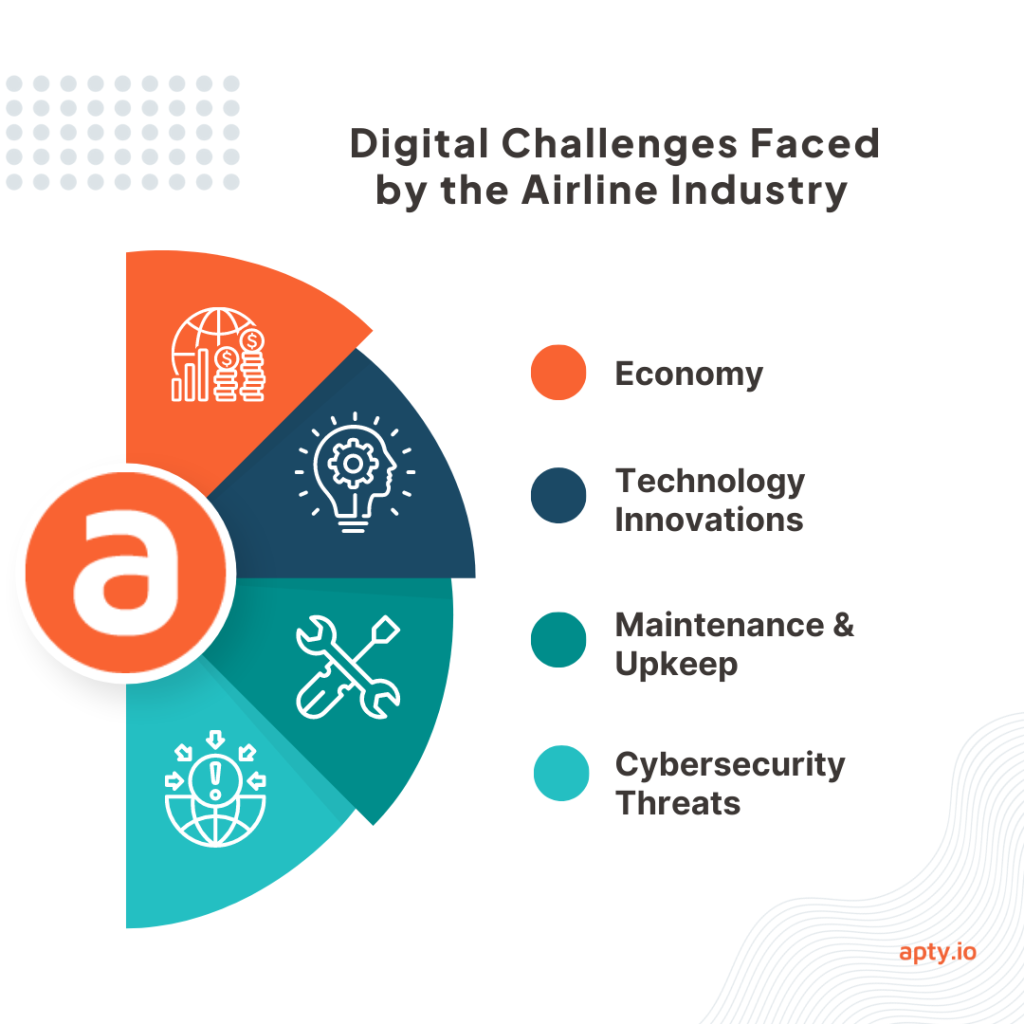
The airline industry has recently experienced a significant shift toward digital transformation. However, despite the numerous benefits that come with digital technology, airlines are facing a profusion of challenges:
1. Economy

The global economy impacts drove airline travel down, resulting in intense competition and cost-cutting pressure. Aircraft maintenance and repairs incur approximately 15-20% of the total airline operating costs; overhaul costs get included in these costs. Airlines must maintain service quality while exploring innovative digital strategies to boost revenue streams without increasing costs. Due to the intense competition, airlines must stay lean and efficient to survive in the market. Resource shortages and fuel prices continue to pose challenges for the airline industry.
Consumer behavior has recently shifted, causing fluctuations in airline service demand and challenging airlines to keep pace with changing trends. The COVID-19 pandemic significantly impacted the airline industry, with travel restrictions limiting the number of customers. According to the IATA, global airlines lost approximately $118.5 billion in 2020 and $38.7 billion in 2021 due to the pandemic. Therefore, airlines have had to come up with innovative approaches to attract customers and ensure long-term profitability.
2. Technology Innovations
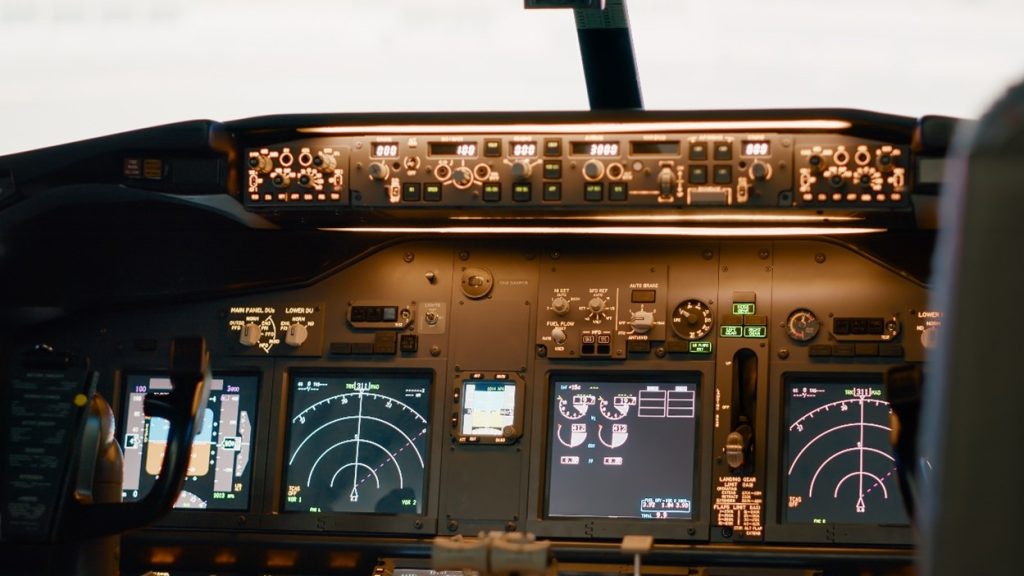
The airline industry constantly evolves, and technological innovations play a significant role in these changes. Keeping up with technology can be challenging for airlines, particularly airlines that lack the resources to invest in the latest technologies. New technologies can be costly and time-consuming as they may require significant airline infrastructure changes. The need to keep up with the latest digital trends remains competitive. Passengers increasingly expect a seamless travel experience that begins when they book their flights. Airlines must adapt to digital trends to stay caught up to their competitors. To do so, a rise in upgrades, SaaS overlays, and refining legacy stacks begin to trend in order to do more with less.
Digital adoption platforms help evaluate and improve the employee experience while decoupling business admins from IT, allowing end-users and admins to improvise, update, and enforce process compliance and data validations for a more user-friendly and reliable experience.
3. Maintenance & Upkeep
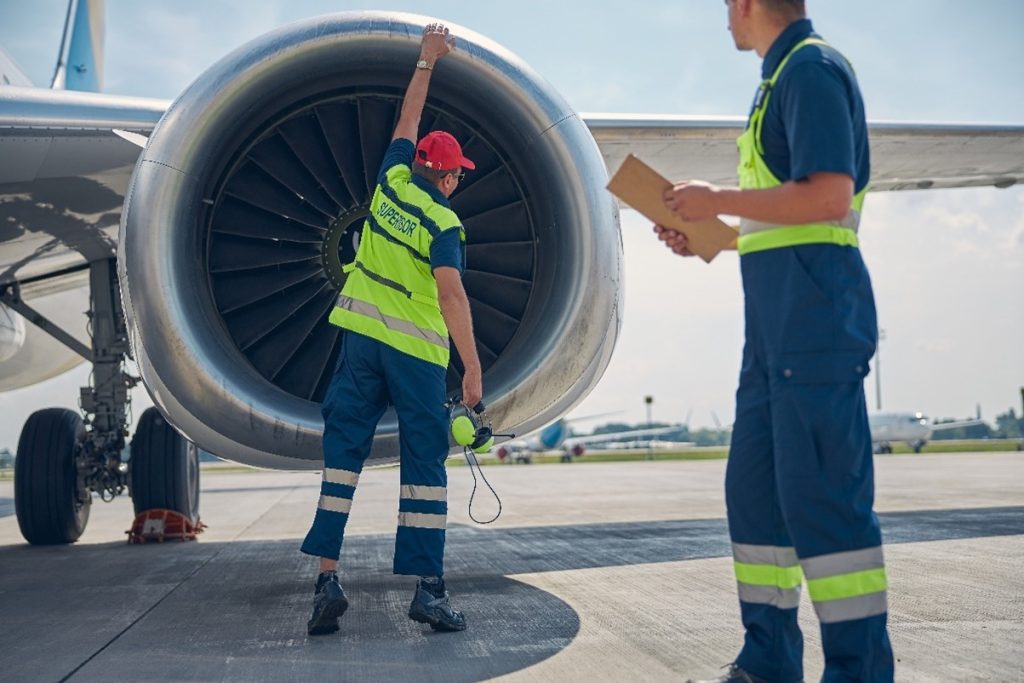
Aircraft maintenance and upkeep are essential to ensure passengers’ safety and prevent downtime, especially when undergoing digital transformations. Airlines with limited resources may find it challenging to maintain and update digital technologies regularly. Additionally, downtime for maintenance can impact an airline’s ability to provide a seamless digital experience for customers.
A report by Oliver Wyman estimates that narrowbody aircraft experience 3.3 hours of downtime each day, while widebody aircraft experience 4.4 hours. As modern aircraft become more complex, airlines need a digital solution that can help monitor and maintain their fleets more effectively. For example, airlines can perform proactive maintenance using sensors, integrated data, helpful cloud-based software overlays, and predictive analytics.
4. Cybersecurity
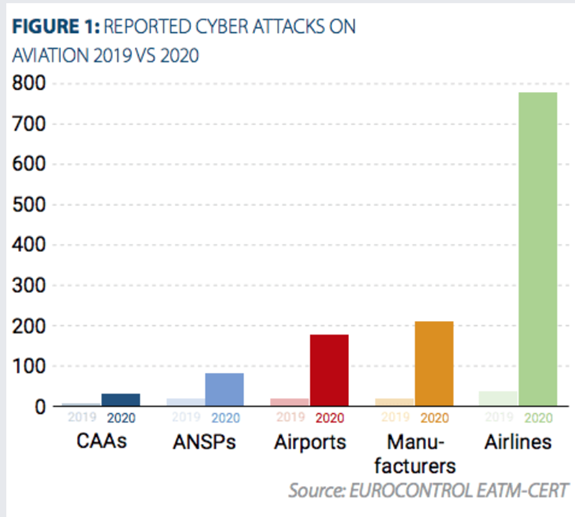
Cybersecurity threats are a growing concern for airlines as they hold sensitive passenger data. Airlines must invest in secure digital solutions that protect against cyber-attacks and ensure the privacy and security of passenger data. SITA reports that 94% of airlines plan to invest in cybersecurity over the next three years. Still, many may need help to keep up with the continuously evolving threats and invest more resources.
Throughout 2020, EATM-CERT’s system identified or received reports on 775 cyber-attacks against airlines. Most of these attacks, 95%, had financial motivation. By investing in the right digital initiatives and prioritizing maintenance and upkeep, airlines can provide a seamless digital experience for their customers and stay ahead of the competition.
Source: aviation today
From Crisis to Opportunity: How COVID-19 is Accelerating the Digital Transformation of the Airline Industry
A New Virtual Wave

The COVID-19 pandemic has significantly impacted the airline industry, forcing airlines to adapt to a new normal. Many countries had to suspend their flight services due to the impact of the virus. As a result, airlines relied heavily on digital transformations to help them stay afloat.
This unexpected and drastic change forced and accelerated digital transformation initiatives in the airline industry. The industry was already undergoing a digital transformation, but the pandemic moved changes faster. Airlines adopted new digital technologies to streamline operations and enhance offerings. This includes contactless check-in, mobile boarding passes, and self-service kiosks. The pandemic has also led to an increase in the use of virtual and augmented reality for training.
It allows employees to learn and practice their skills. Also, it provides a more engaging and immersive experience, making it easier for employees to retain and apply information in real-life scenarios.
DAP (Digital Adoption Platform) can help airlines streamline their virtual and augmented reality training programs. They offer a platform that allows companies to create and manage their training content, track employee progress, and measure the effectiveness of their training programs. The airline industry is leveraging technology to adapt to changing customer needs and preferences in a post-pandemic world.
Employee Layoffs and Churn
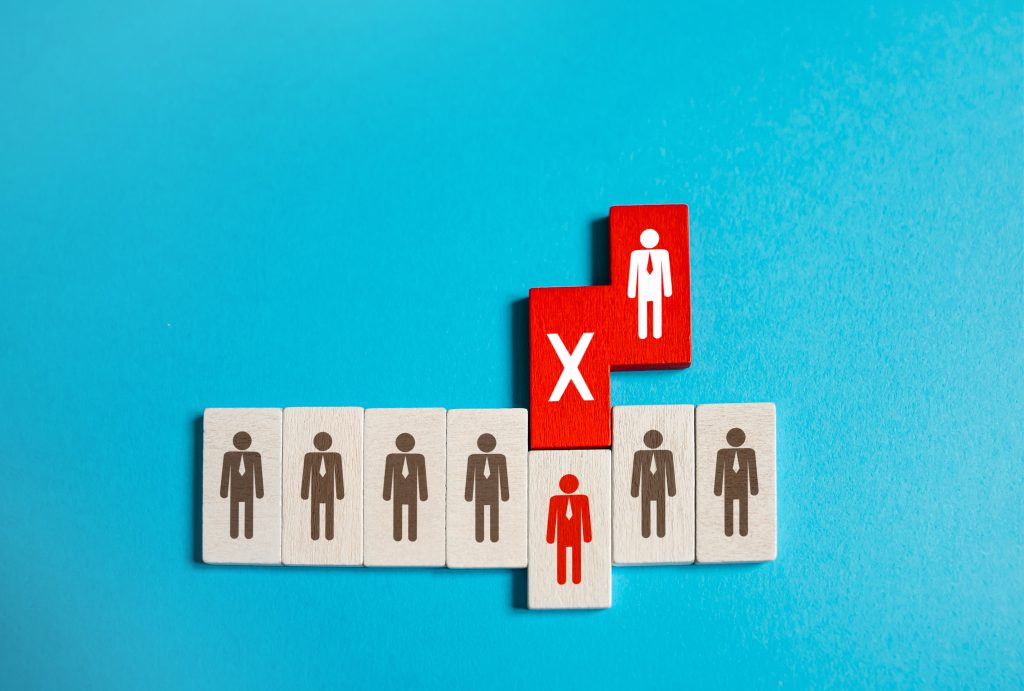
With travel restrictions and border closures, airlines have seen a massive drop in passenger traffic, leading to significant revenue losses. The fear of air travel and businesses keeping employees close to home have brought an unprecedented crisis to the industry. Consequently, airlines have cut costs, reduced flight schedules, implementing health and safety measures, and furloughed or laid-off pilots, crew members, maintenance, and ground staff.
The most significant impact of the pandemic on the airline industry has been mass layoffs and furloughs.
Airlines restructuring and consolidating adapted to the new reality. For example, some airlines have merged with other airlines or formed partnerships to reduce costs and improve efficiency. Additionally, some airlines have shifted their focus to cargo operations or other revenue streams to stay afloat during the pandemic.
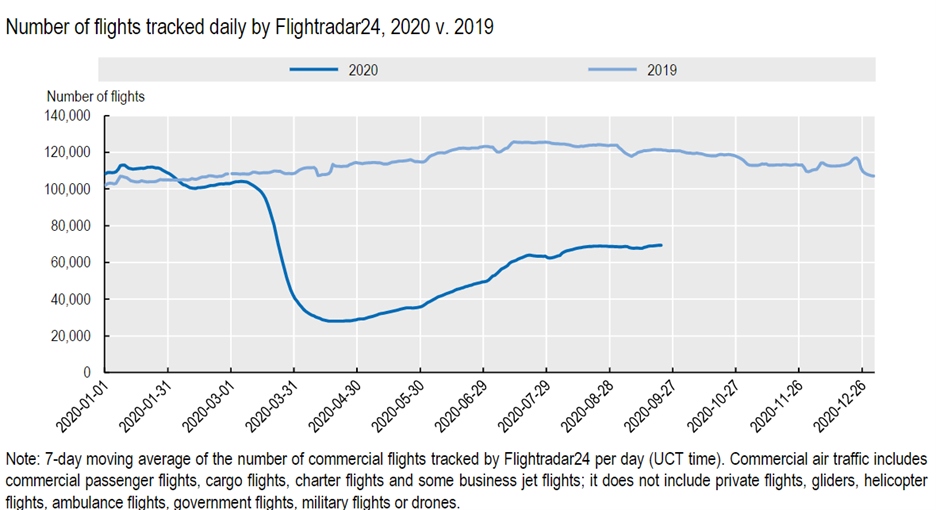
Source: oecd.org
The status of the airline industry is precarious due to a rapid decline in demand and supply, as well as ongoing uncertainties. Airlines’ performance continues to deteriorate, and the industry suffers from mutually reinforcing business linkages. Enacting new air travel restrictions can contain a second wave of infection that could further hinder the aviation industry. Lower production levels will likely be seen for an extended period, thus placing considerable strain on surviving companies within this line of business.
One of the airline industry’s biggest challenges during the pandemic is managing employee churn, layoffs, and change management. However, there is hope for those seeking solutions. Software solutions can reduce airline costs, improve employee satisfaction, and increase ROI. The airline industry must reimagine Digital transformation and cost-effective solutions to meet the new standard. To grow in this ever-changing landscape, airlines must embrace innovative technologies to help them thrive.
The Dynamic Nature of the Airline Industry: Turnover, Acquisitions, and Mergers
The airline industry is ever-changing, with personnel turnover, acquisitions, mergers, and hiring cycles occurring more regularly.
The job market during the pandemic left some industries experiencing hiring freezes while others increased employment. The airline industry experienced a decrease in the capacity of flights due to travel restrictions, which led to a decline in employment. According to BLS Current Employment Statistics data, employment in the traveler accommodation industry fell 27.1 percent from 2019 to 2020, a loss of roughly 544,200 jobs.
Airlines have taken various measures to mitigate job losses during the pandemic. Companies hired new personnel for multiple roles, such as pilots, flight attendants, and ground crew. Some government funding provided financial aid to airlines to help them retain employees. According to the Bureau of Transportation Statistics, employment in the U.S. airline industry (passenger and cargo airlines combined) increased to 777,510 workers in September 2022, 4.63% more than in pre-pandemic September 2019. It indicates that the employment situation in the airline industry has improved since the pandemic began.
According to SmartRecruiters, the average onboarding time per new hire is 10 hours. However, a good onboarding program typically lasts six weeks and three months. The length of the onboarding process can determine how long new hires will stay with an organization. Beyond that, certain positions may also require specialized training, which can add additional weeks or months to the onboarding process.
Digital Adoption Platforms (DAP) can help decrease onboarding cycle times, increase employee engagement scores, and improve s employee retention. DAPs can increase employee engagement, productivity, and usage of the software. They can also provide reliable data to make data-informed decisions, create positive work experiences, and reduce digital friction. It can optimize the workforce and reduce training expenditure by quickly closing the skills gap between newly hired and experienced employees. Additionally, it can improve employee knowledge retention by training in real-time and fighting the forgetting curve with the on-demand review.
The airline industry is subject to various regulations and rules that can be considered “red tape.” Airlines are subject to multiple governmental policies and regulations, such as safety and security requirements, further complicating the process. These rules protect consumers, but airlines may view them as burdensome. Examples of red tape in the airline industry include licensing and certification requirements and consumer protection regulations. Countries have also cut red tape to speed up cargo relief flights during the COVID-19 pandemic. Like other government-regulated industries, these regulations delayed digital progression in the past until the pandemic
Airlines & Digital Change Management
Digital change management is a process of managing changes to digital technologies, systems, and processes within an organization. In the airline industry, digital change management is becoming increasingly paramount as airlines seek to adapt to the changing business environment, improve efficiency, reduce costs, and provide a better customer experience.
The airline industry is undergoing digital transformation to improve operations and create value. This requires upskilling resources and educating stakeholders. Change management is essential in this process, but providing employees with digital tools can reduce the need for extensive change management. Using a platform like the Apty DAP speeds up digital adoption and facilitates change management in aviation organizations.
Digital change management enables airlines to implement new digital solutions effectively. The process involves:
- Identifying the business areas that require digital transformation.
- Assessing the current capabilities and resources.
- Developing a strategy for implementing digital solutions.
Effective digital change management can help airlines achieve a range of benefits.
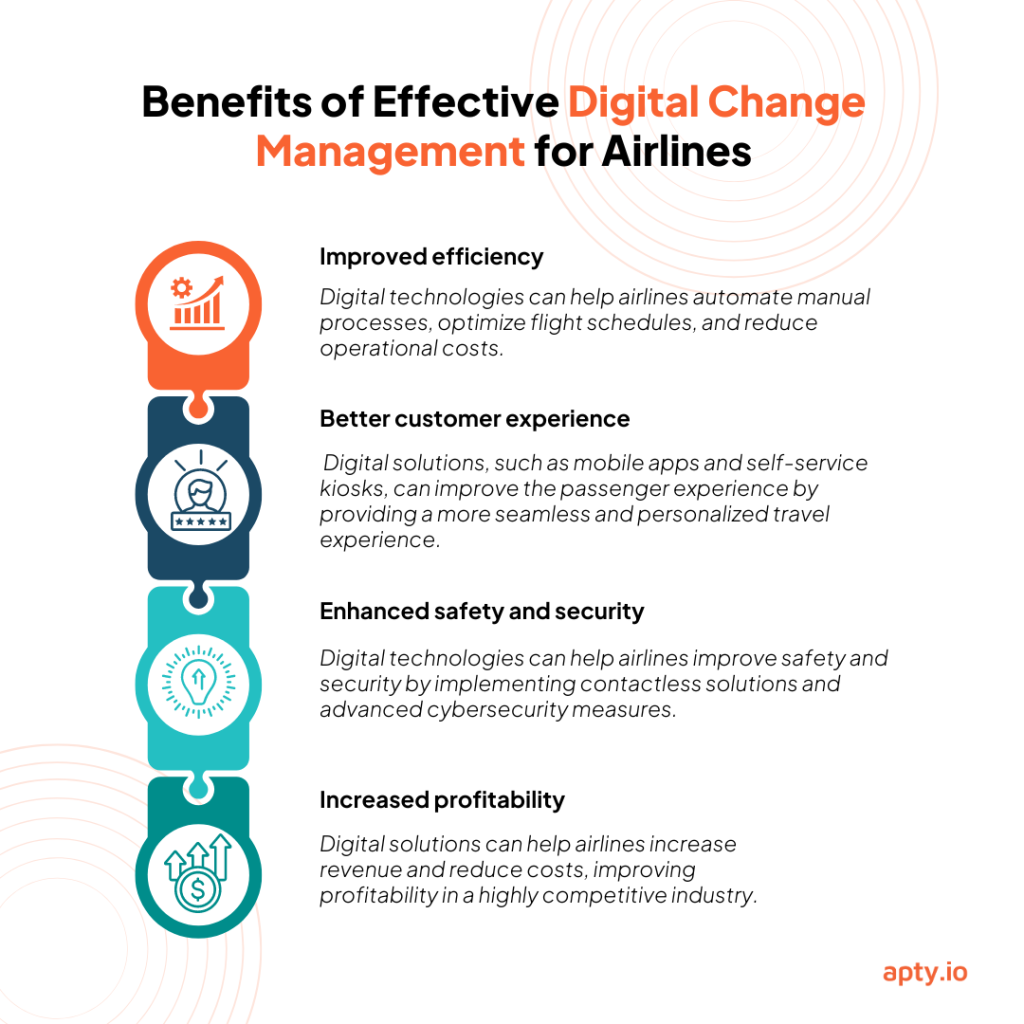
Digital transformation creates new revenue streams for airlines through the introduction of new platforms and devices, including:
- Improved efficiency – Digital technologies can help airlines automate manual processes, optimize flight schedules, and reduce operational costs.
- Better customer experience – Digital solutions, such as mobile apps and self-service kiosks, can improve the passenger experience by providing a more seamless and personalized travel experience.
- Enhanced safety and security – Digital technologies can help airlines improve safety and security by implementing contactless solutions and advanced cybersecurity measures.
- Increased profitability – Digital solutions can help airlines increase revenue and reduce costs, improving profitability in a highly competitive industry.
By adopting effective change management strategies, airlines can successfully implement digital technologies, streamline operations, and improve the customer experience. To improve customer experience, JetBlue and Marriott have successfully implemented digital transformation. Airlines like Air Asia and Emirates have also introduced digital solutions such as facial recognition for check-in and meal-ordering devices for business class. Airlines that prioritize digital transformation and effectively manage the process are likely to remain competitive and succeed in the long run.
More Airline Digital Transformation Use Cases
- ARC implemented Cloud Planning: https://www.workday.com/en-us/customer-stories/a-h/arc-flies-high-cloud-planning.html
- AirAsia streamlined their HR processes with Workday: https://www.workday.com/en-sg/customer-stories/a-h/airasia-flies-into-future-streamlined-hr-processes.html.
- Delta Air Lines launches services portal with ServiceNow: https://www.servicenow.com/customers/delta-air-lines.html or read the case study here
- SAS shows how to secure a digital-first airline: https://www.servicenow.com/customers/sas.html
- Malaysia Airlines unifies the employee experience with ServiceNow: https://www.servicenow.com/customers/malaysia-airlines.html or read the case study here
- Scoot creates low-cost, high-service aviation: https://www.servicenow.com/customers/scoot-tigerair.html
- Singapore Airlines embraces digitalization to soar to new heights: https://www.servicenow.com/blogs/2022/singapore-airlines-embraces-digitalization.html
- Flight Centre Travel Group’s IT service management takes off with ServiceNow: https://www.servicenow.com/customers/flight-centre.html
- Singapore Airlines embraces digitalization: https://www.servicenow.com/uk/blogs/2022/singapore-airlines-embraces-digitalization.html

Implementing digital change can be challenging, and airlines must adopt effective change management strategies to ensure success. Here are some best practices for airlines to manage digital change effectively:
- Set clear goals and objectives.
- Build a culture of innovation.
- Involve stakeholders.
- Communicate effectively.
- Measure success.
The Shift from Traditional to Modern Software
The airline industry is undergoing a massive shift from traditional software systems to newer, more modern solutions. Traditional airline software systems were designed decades ago and were not built to handle the complex needs of modern airlines.
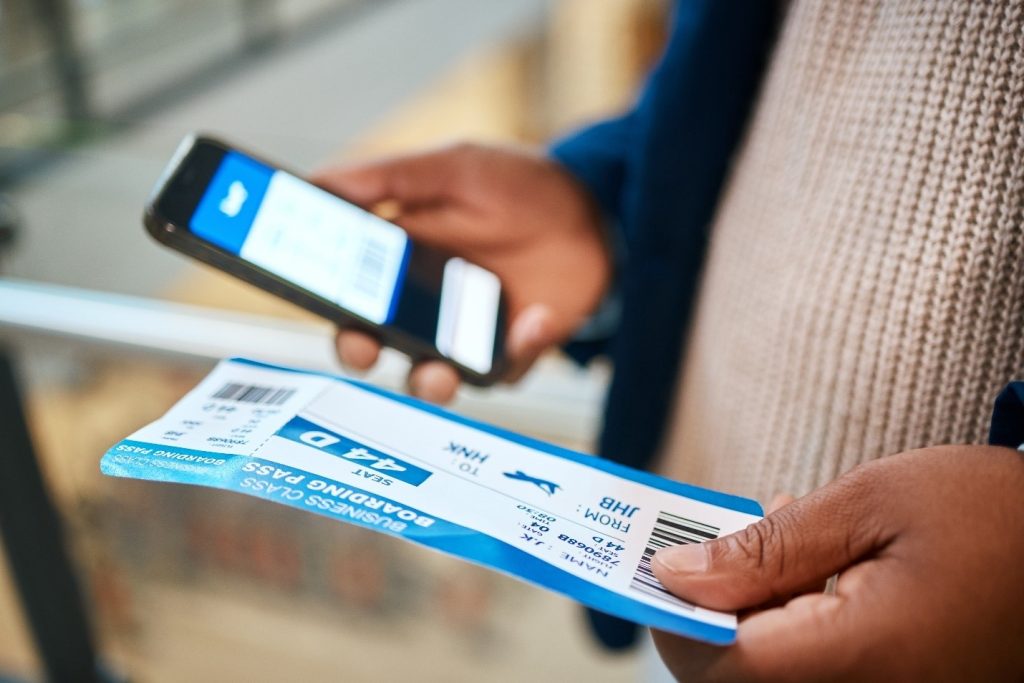
Traditionally slow to adopt new software and technologies, the airline industry is forced to rely on legacy systems that are often outdated and inefficient due to budgetary constraints and longwinded regulatory processes. However, the need for digital transformation has become increasingly urgent in recent years, with the rise of new technologies and changing customer expectations. The pandemic highlighted the importance of digital solutions, such as contactless check-in, mobile boarding passes, and touchless bag drops, reducing physical contact and improving the overall passenger experience. The shift towards newer software is driven by the need to improve operational efficiency, enhance the customer experience, and reduce costs.
This shift toward digital transformation initiatives is also seen in staff changes with virtual training and an increase in remote workers. With a qualified personnel shortage, the industry needed more software solutions for faster onboarding and learning.
According to CNBC, the aircraft manufacturing, aerospace engineering, and airline industries can’t hire fast enough as travelers come back to airports, and the industry attempts to bounce back. Companies like Boeing, Air India, and United plan to hire thousands this year. In order to keep costs low and yet keep up with recruiting and onboarding time cycles, they’ve turned to software solutions like cloud-based, in-app digital adoption platforms.
2 key drivers of this digital shift:
1. Flexibility and Agility: Traditional airline software systems were typically monolithic and inflexible, making it difficult to make changes or add new features. This lack of flexibility can lead to delays, inefficiencies, and increased costs. On the other hand, new or updated software solutions are designed to be more flexible, modular, and adaptable, allowing airlines to easily make changes and add new features as needed.
2. Integration and Connectivity: Airlines need to be able to seamlessly integrate with a variety of third-party systems, including airport systems, baggage handling systems, and other airline systems. Newer software solutions are designed to be more open and modular, making integrating with other systems and sharing data easier.
Some of the newer software solutions that are gaining traction in the airline industry include:
- Cloud-based airports allow airports to increase efficiency and reduce operational costs by providing a single, central platform for managing all airport resources, including staff and equipment.
- Automated check-in systems allow passengers to securely and quickly check-in for their flights using their smartphones. These systems also provide passengers with up-to-date flight information and personalized notifications.
- Artificial intelligence (AI) and machine learning (ML) helps airlines automate processes, optimize flight schedules, and personalize the passenger experience.
- Mobile apps provide passengers with real-time information about their flights, allow them to check in and select seats, and provide them with personalized offers and recommendations.
- Data analytics can help airlines make better decisions by analyzing large amounts of data and identifying trends and patterns.
- Robotic process automation (RPA) solutions allow airlines to automate tedious, repetitive tasks, freeing up valuable human resources for more complex tasks.
- Virtual cloud-based software training in conjunction with traditional training methods to speed up onboarding, increase qualified workers, improve data integrity, and retain business process compliance.
The shift towards software improvements is expected to continue as airlines look for ways to remain competitive in the post-pandemic digital age.
How can Airlines do More with Less?
Digital transformation became increasingly relevant to all industries, particularly the airline industry, due to its budget structure, security dependencies, and intense competition.
However, many airlines are at a critical juncture in putting digitalization rhetoric into action, with a plethora of affordable, intelligent solutions on the market that allow them to work smarter and more cost-effectively when times are tight.
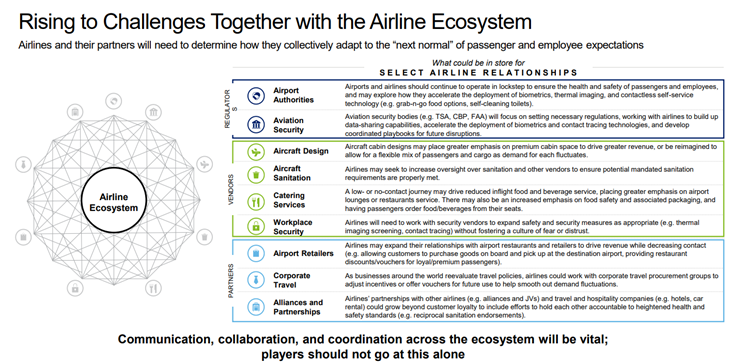
Source: Deloitte
Companies must constantly adapt to the ever-changing technological landscape to remain competitive and efficient. However, managing digital change can be challenging, particularly in an industry as complex and demanding as the airline industry.
Six solutions that can help the aircraft manufacturing & airline industry manage digital change
- Investing in advanced software solutions: AI, computer vision, generative design, natural language processing, and autonomous decision-making are integral to the manufacturing process. For example, Northrop Grumman’s advanced system integration and validation of digital models can reduce the need for final platform integration, decreasing time to field and improving affordability. They are investing in aircraft and engine design to make them more fuel-efficient, lower operating costs, and explore lower-and-zero-emission commercial aircraft for the future.
- Making software a positive experience: Digital design, simulation, and integration can help conceptualize and construct a virtual prototype or process, enabling digital integration across the manufacturing life cycle and increasing supply chain visibility. Smart manufacturing, data-sharing, and intelligent technology investments are also cited as keys to managing digital change in the industry.
- Enhancing customer service through digital channels: by adopting digitalization and integrating data in real-time. Digitalization can also empower attendants to promote safe and upgraded passenger service by allowing them to get connection updates and relay information. Digital applications can help personalize the customer experience across every touchpoint, delighting customers with customized offers.
- Developing digital strategies enables them to keep up with the competition by leveraging digital channels to attract new customers and improving the customer–as well as the employee–experience by offering more personalized services. Additionally, airlines should investigate developing innovative products and services that use emerging technologies, such as virtual reality and artificial intelligence.
- Enterprise DAPs: DAPs help companies adopt and integrate new software solutions more quickly and efficiently. They provide a personalized and guided user experience, allowing employees to learn and use new software solutions with minimal disruption quickly.
- Prioritize security and privacy: This includes ensuring that customer data is securely stored and safeguarded and investing in cyber security solutions that can protect the company from cyber-attacks and data breaches.

